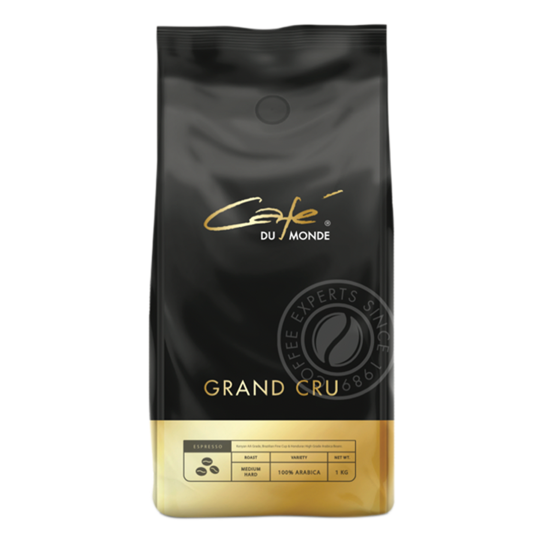
Grand Cru Espresso Beans
This is our 100% Arabica espresso coffee blend. It has the best Kenyan AA Grade beans for acidity, citrus notes and a chocolate after taste.
View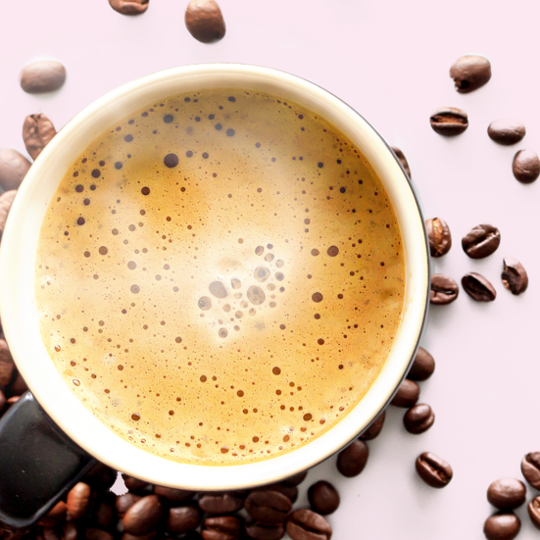
It’s no secret that the process of brewing a perfect cup of coffee is both an art and a science. From the sourcing of the right beans to the predictions of flavour, and then to the unique brewing method, every step plays a crucial role in achieving a delightful and aromatic cup of perfectly made coffee. However, an often overlooked aspect that greatly influences the final flavour of a coffee is the process of coffee grinding.
The process of grinding coffee beans may seem simple at first glance, but the size and consistency of the grind can make or break the taste of your coffee and should be taken into consideration however you choose to brew your coffee.
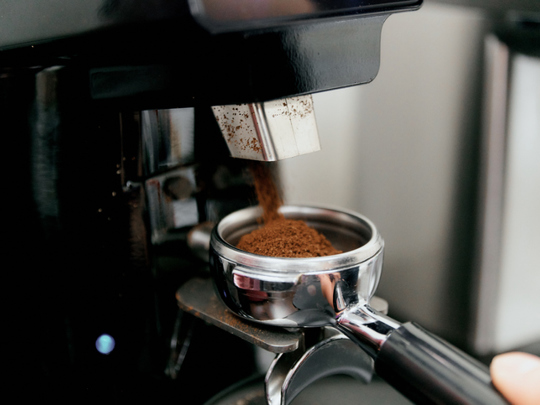
The grind size of coffee beans directly affects the rate and efficiency of extraction. The extraction process is facilitated by water coming into contact with the coffee grounds, dissolving the desirable compounds. The surface area of the coffee particles in contact with water determines how quickly and thoroughly extraction occurs.
In general, smaller grind sizes provide a larger surface area, allowing for quicker extraction. Conversely, larger grind sizes offer less surface area and a slower extraction rate. By adjusting the grind size, you can manipulate the rate at which the flavours and aromas are extracted, ultimately influencing the taste of your brewed coffee.
Grind size and brewing methods: Different brewing methods require specific grind sizes to achieve optimal results. For instance, a coarser grind is typically preferred for methods like a French press or cold brew, as they involve longer extraction times. The coarser grind allows for a slower extraction, resulting in a smoother and less bitter cup of coffee.
On the other hand, brewing methods such as espresso demand a much finer grind. The fine particles provide a larger surface area for the high-pressure water to interact with, enabling a swift and intense extraction process. This results in a concentrated, full-bodied shot of espresso.
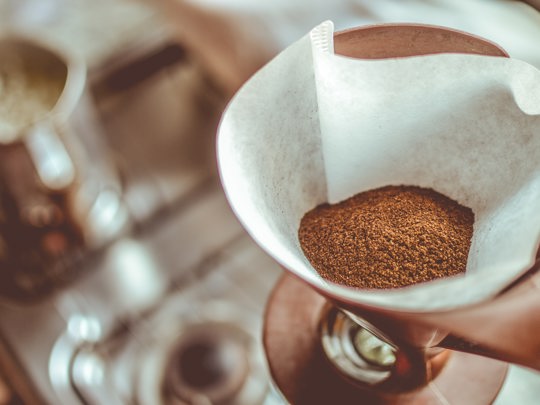
The grind size of coffee beans plays a significant role in shaping the flavour profile of your brew. Each specific grind size brings a unique characteristic to the cup, resulting in a distinct taste experience. For example, a finer grind, such as the consistency of table salt, tends to produce a bolder and more intense flavour. This is because the smaller particles increase the surface area, allowing for faster extraction of the acids, oils, and aromatic compounds found in the beans. This results in a rich, full-bodied cup with a significant, pronounced acidity. Espresso brewing methods often call for this fine grind size to extract the essence of the beans effectively and deliver a consistent cup
On the other hand, a medium grind, similar to granulated sugar, creates a balance between surface area and extraction time. This grind size is commonly used for drip brewing methods like pour-over or automatic coffee makers. The medium grind allows for a moderate extraction rate, providing a well-rounded and full-bodied flavour profile that balances acidity, body, and sweetness.
A coarser grind, similar to coarse sea salt, offers less surface area for extraction. This results in a slower extraction process and a milder flavour profile. Coarse grinds are preferred for brewing methods such as French press or cold brew, where a longer contact time between water and coffee is required.
Achieving the perfect extraction is the ultimate goal when brewing coffee, as it determines the balance of flavours and overall taste experience. However, improper grinding can lead to two things: under-extraction and over-extraction.
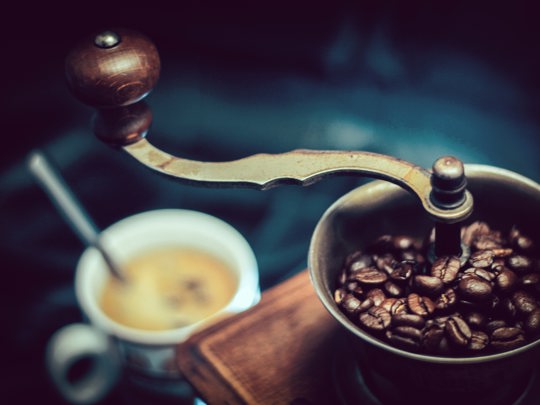
Under extraction of grinded coffee beans occurs when the coffee grounds are not adequately extracted, resulting in a weak, sour, and often acidic cup of coffee. This happens when the grind size is too coarse, meaning the water doesn't have enough time to extract the desired flavours and compounds from the coffee grounds.
When coffee is under-extracted, you’ll be able to taste that it lacks body, depth, and complexity. The flavours may feel muted and the overall taste may feel imbalanced or thin. Under-extracted coffee often exhibits a sour or tangy aftertaste, reminiscent of unripe fruit or even vinegar and certainly doesn’t make for a good cup of coffee. Finer grinding allows for increased surface area and more thorough extraction. Additionally, adjusting other brewing parameters, such as water temperature and brew time, can help mitigate under-extraction and enhance the flavour profile.
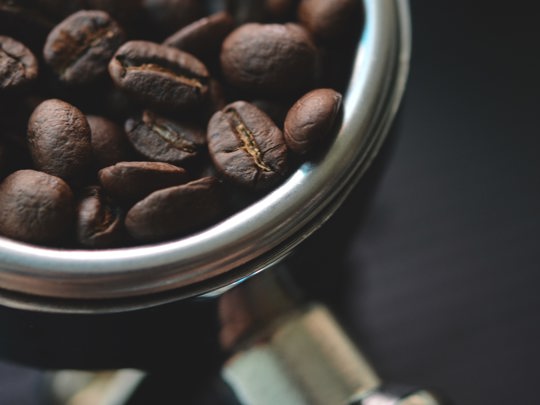
Over extraction, on the other hand, occurs when the coffee grounds are excessively extracted, resulting in a bitter, astringent, and often harsh taste. This happens when the grind size is too fine, causing the water to over-extract the flavours and compounds from the coffee grounds.
Over-extracted coffee tends to have a dark, heavy body, with a bitter taste that lingers. The flavours may be overpowering and lack nuance, leading to a less enjoyable coffee. In extreme cases, over-extracted coffee can even taste burnt or charred, overly bitter and not reminiscent of delicious coffee. To combat over-extraction, adjusting the grind size to be coarser can reduce the surface area and slow down the extraction process. This creates a more balanced and controlled extraction, reducing the bitterness and bringing out the desired flavours. Experimenting with brew time, water temperature, and other variables can also help find the optimal balance and create the perfect signature cup of coffee for your tastes.
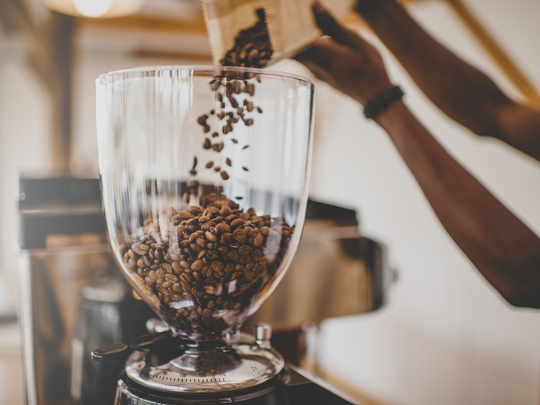
The coffee grind size of your beans will depend entirely on your desired coffee, the flavour profile, and the way it is supposed to be brewed. We’ve included some examples below.
French Press: French press brewing involves steeping coarsely ground coffee in water for a prolonged period. The recommended grind size for the French press is coarse, resembling coarse sea salt size. The coarse grind allows for a slower extraction, resulting in a fuller-bodied cup with noticeably less acidity. The large particles also help prevent sediment from passing through the metal mesh filter of the French press, ensuring a clean cup every time.
Espresso: Espresso brewing requires a fine and consistent grind size to achieve the desired extraction in a short amount of time. The finely ground coffee allows for high-pressure water to pass through the coffee, resulting in a concentrated and intense shot that espresso is favoured for. The grind size for espresso is much finer than for other brewing methods, similar to fine sand or powdered sugar.
Drip Coffee: Drip coffee includes pour-over methods, automatic coffee makers, and cone-shaped brewers. All of which typically use a medium grind size. This grind size allows for a balanced extraction, neither too fast nor too slow, ensuring that the water can evenly pass through the coffee bed, resulting in a well-rounded flavour profile. A consistency of sand or granulated colour is ideal.
Cold Brew: Cold brew requires a more coarse grind size to ensure a smooth and less acidic extraction over an extended steeping period. The coarse grind prevents over-extraction, avoiding that bitter taste and minimising the chance of sediment in the final cold brew concentrate.
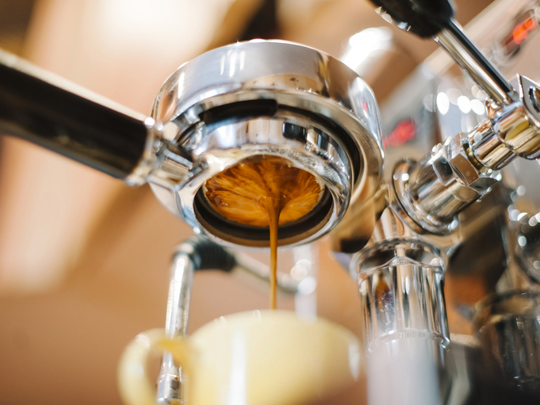
Particle distribution when tamping coffee also affects the taste. Tamping coffee ensures ground coffee is compressed and distributed evenly so that when it is extracted the taste is as desired.
When it comes to achieving optimal coffee extraction, tamping plays a crucial role in ensuring consistent and even water flow through the coffee bed. Tamping is the process of compressing and evenly distributing the ground coffee in the portafilter before brewing. The way the coffee particles are distributed and compacted during tamping directly affects the taste of the final espresso shot.
Even extraction to create a balanced taste: Uniform particle distribution is essential to achieve an even extraction. When coffee is tamped properly, the water passes through the coffee bed uniformly, extracting the desired flavours and compounds evenly from the grounds. This results in a well-balanced taste profile, with the harmonious integration of acidity, sweetness, and body.
If the coffee is unevenly tamped, with uneven particle distribution, certain areas may be compressed more than others. This can lead to inconsistent extraction, where some coffee particles may be over-extracted, resulting in a bitter flavour, while others may be under-extracted, leading to a weak and watery taste. For this reason, a consistent and even distribution of coffee particles is crucial for consistent and balanced extraction.
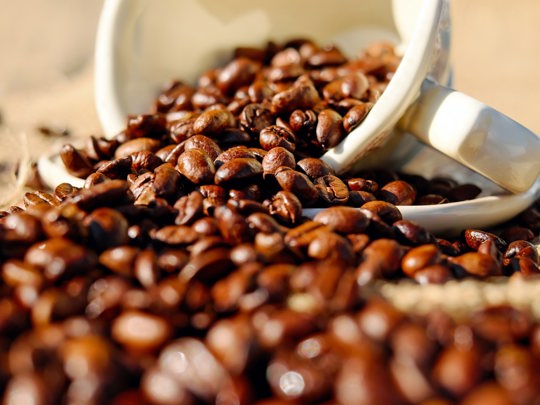
To achieve an even particle distribution during tamping, several techniques are commonly used to create a level and uniform coffee bed in the portafilter.
Distribution Technique: This technique involves gently distributing the coffee grounds evenly in the portafilter before tamping. By gently tapping and levelling the coffee bed with a distribution tool or the edge of a finger, you can ensure that the coffee is evenly distributed across the entire surface area.
Tamping Pressure: Applying consistent and firm pressure during tamping is essential to achieve a uniform density throughout the coffee bed. The pressure should be sufficient to compact the coffee, but not too strong to cause channelling or uneven extraction. Aim for a consistent and level tamp across the surface.
Tamping Levelness: Keeping the tamp level is crucial to prevent any channelling or uneven flow during extraction. Tilted tamps can cause the water to flow more easily through one side, resulting in uneven extraction. Maintaining a level tamp ensures a more uniform water distribution and extraction.
Tamping Tools: Using a quality tamper with a flat bottom that matches the size of the portafilter basket is recommended. This allows for even pressure distribution during tamping and helps achieve a level and uniform coffee bed.
By paying attention to the particle distribution during tamping, you can enhance the overall taste and quality of your espresso shots. This ensures a more consistent extraction, resulting in a balanced and enjoyable cup of coffee.

This is our 100% Arabica espresso coffee blend. It has the best Kenyan AA Grade beans for acidity, citrus notes and a chocolate after taste.
View
This is a blend of Brazilian Fine Cup beans from the Minas Gerais Plateau, Ugandan robustas from the Lake Victoria region, arabicas from Honduras and Bourbon varietal Arabica beans.
View
Our Fairtrade espresso coffee is a blend of South America and Africa beans. A full flavoured espresso with a delightful aftertaste is the result.
View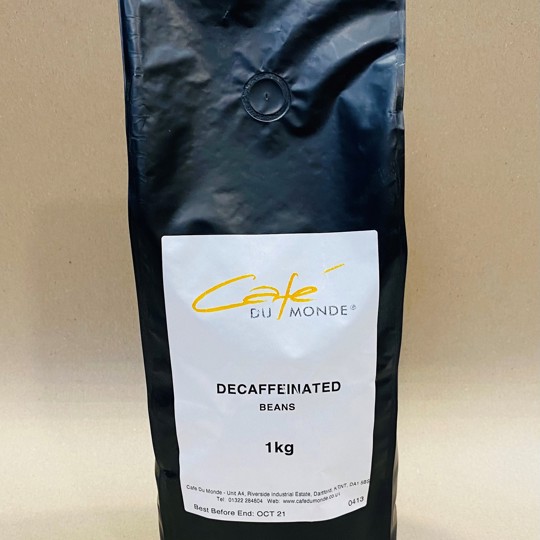
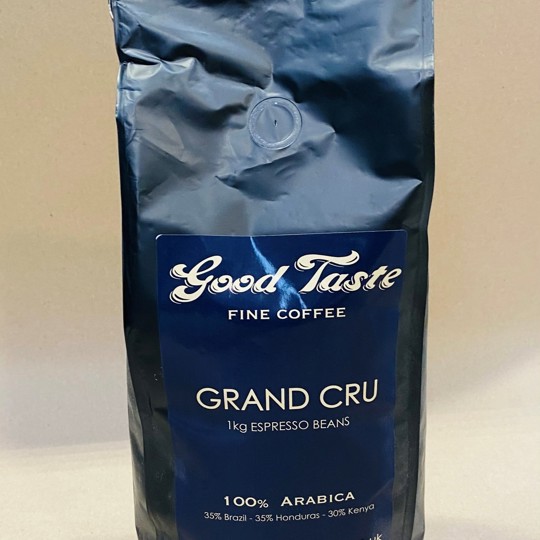

A coffee that tastes a little stronger and yet is harmonious: Cafe Cream Bistro Montana. Darker roast
View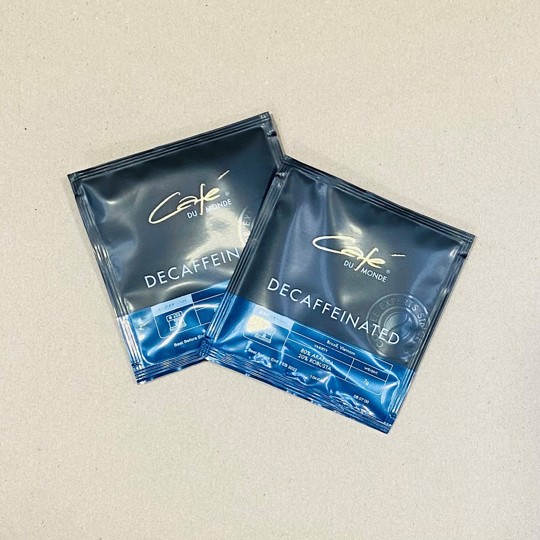
A darker decaffeinated coffee with hints of roasted almonds
View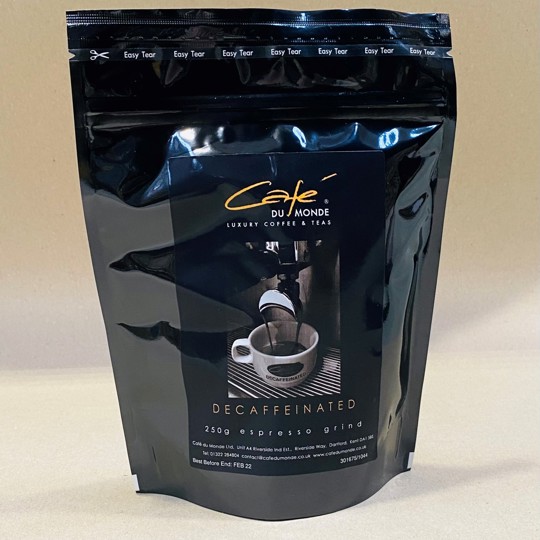
Each fully biodegradable bag contains Rainforest Alliance Certified. 100% Fresh Ground Arabica coffee.
View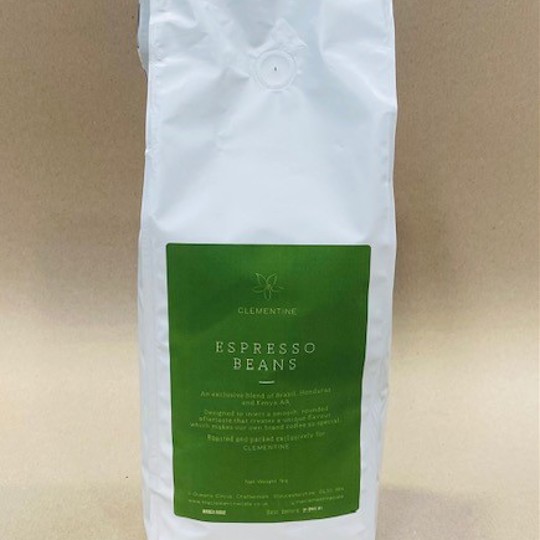

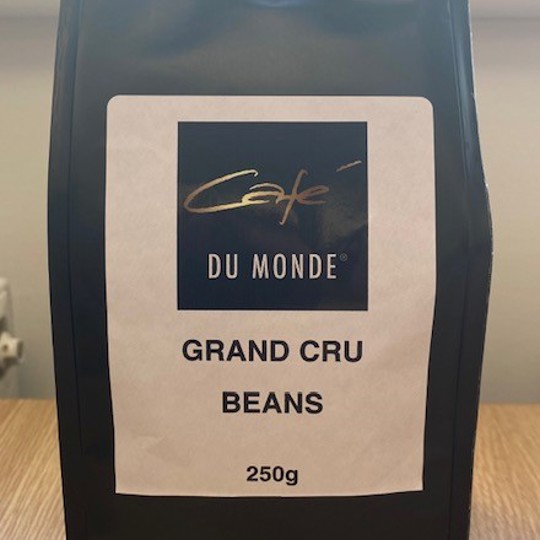

This is our 100% Arabica espresso coffee blend. It has the best Kenyan AA Grade beans for acidity, citrus notes and a chocolate after taste.
View
This is a blend of Brazilian Fine Cup beans from the Minas Gerais Plateau, Ugandan robustas from the Lake Victoria region, arabicas from Honduras and Bourbon varietal Arabica beans.
View
Our Fairtrade espresso coffee is a blend of South America and Africa beans. A full flavoured espresso with a delightful aftertaste is the result.
View